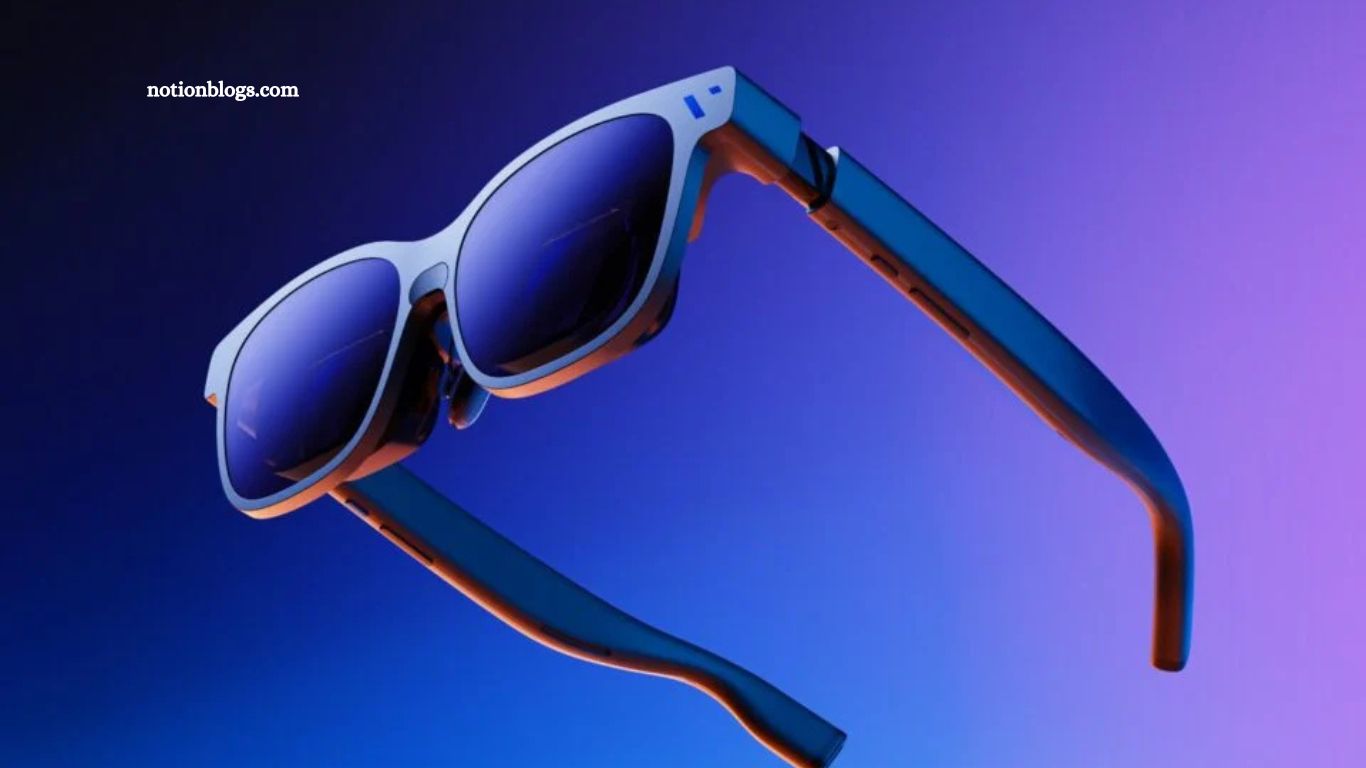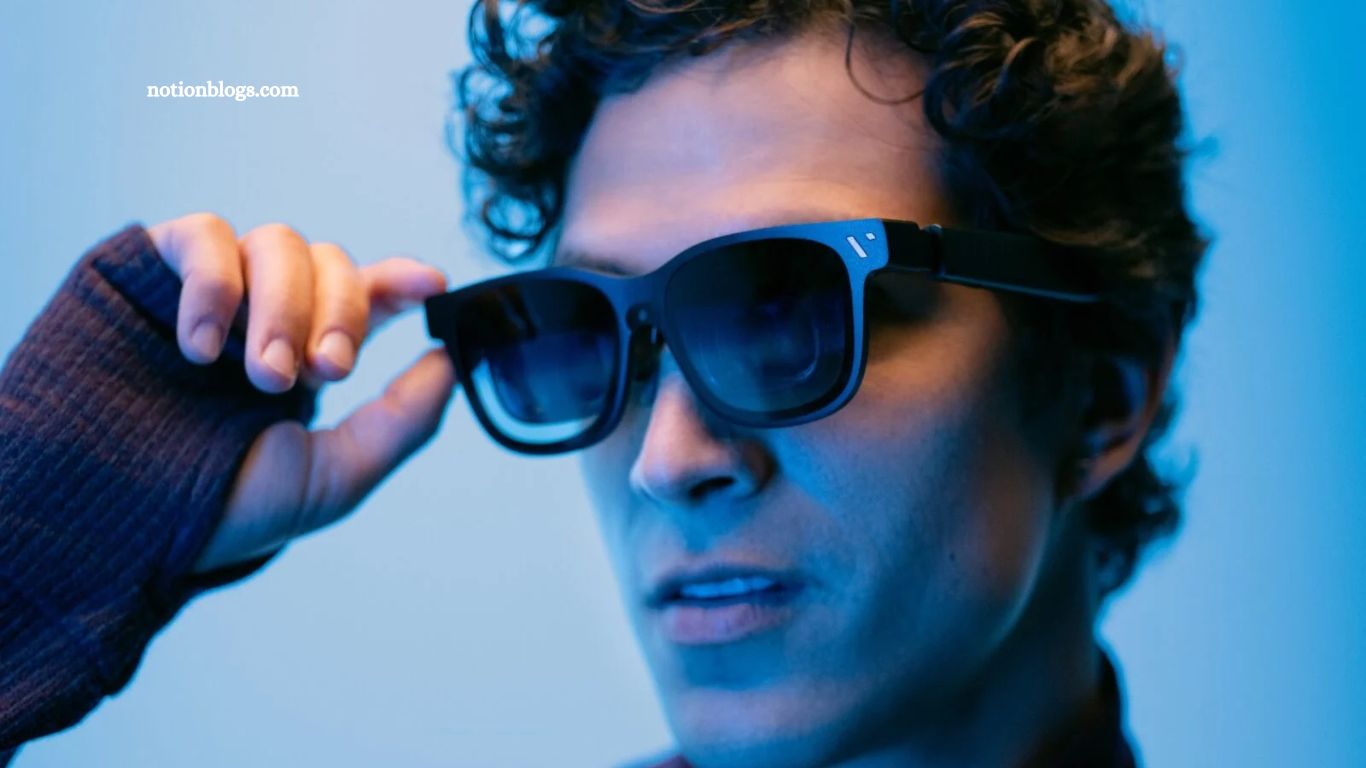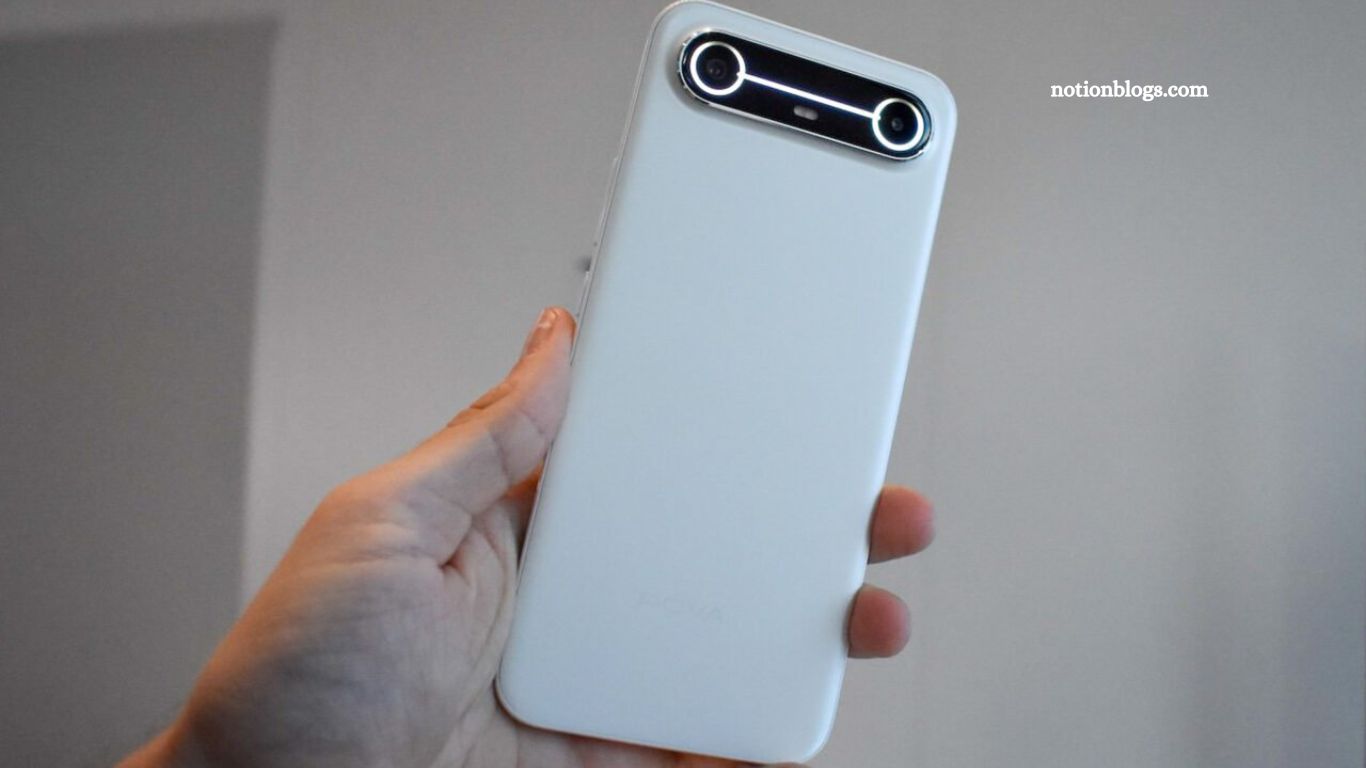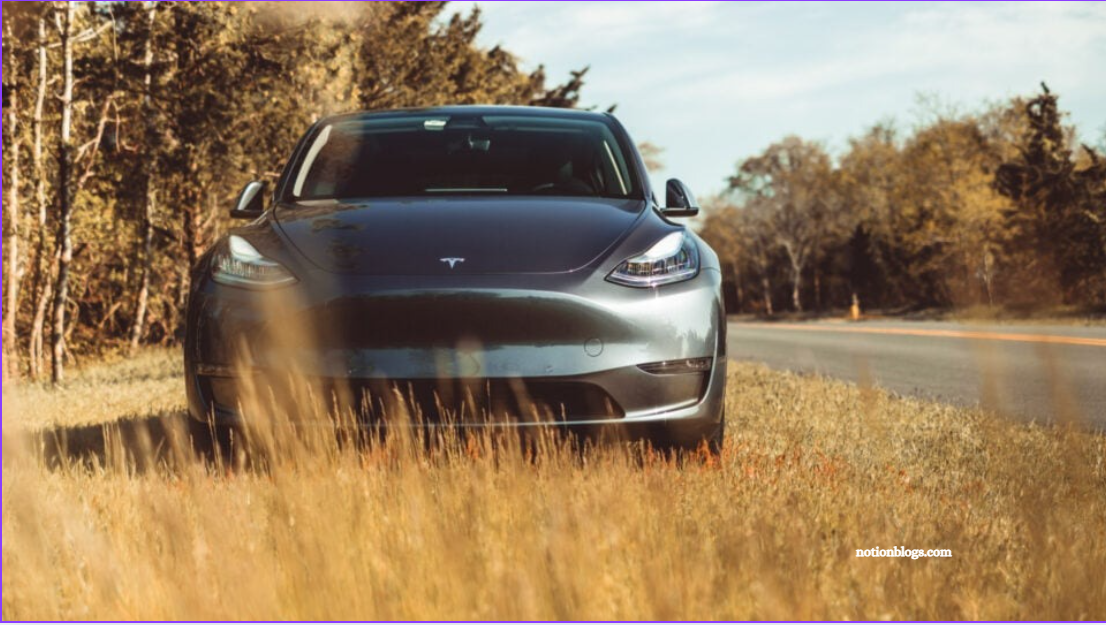When it comes to tech specs—especially displays—clarity matters. Whether you’re shopping for a new television or diving into the world of augmented reality, knowing the resolution is key. So if you walked into Best Buy and saw a TV labeled “kind of, sort of, 4K,” you’d probably raise an eyebrow.
That’s why Viture’s latest branding move is a bit eyebrow-raising. The company has slapped the term “4K-like” on its new AR glasses lineup—even though the actual resolution is just 1080p. And yet… I still want a pair.
Read More:Understanding Little Man Syndrome: Causes and Risks Explained
Meet “Beast”: Viture’s Most Powerful AR Glasses Yet
This week, Viture unveiled several new AR glasses, but the showstopper is undeniably the model dubbed Beast—and yes, that’s its actual name.
Beast is the flagship of Viture’s current-gen lineup, boasting a 58-degree field of view and a Sony-made micro-OLED panel. The company touts this display as “4K-like,” but in reality, the resolution is still 1080p. However, Viture claims it’s 50% sharper than its predecessor, the Viture Pro, and markets it as “the sharpest AR glasses on the market.”
Although I haven’t tested Beast yet—the launch is slated for October—Viture’s prior AR models already stood out for their clarity. If Beast improves on that, it could be a serious leap forward.
So… What Exactly Is “4K-Like”?
If the term “4K-like” sounds like marketing fluff, you’re not alone. But according to Viture, the phrase wasn’t just dreamed up in a boardroom. The company says it was inspired by user reactions during demos. As they explain:
“The term ‘4K-like’ was inspired by users. When people first saw the display, they often asked, ‘Is this 4K?’ or said, ‘Wow, it looks like 4K!’”

Admittedly, that’s a clever way to reframe the conversation. And honestly? I’m willing to overlook a little marketing stretch if the actual experience holds up—especially considering everything else Beast brings to the table.
Packed with Premium Features
Resolution aside, Beast is no gimmick. The glasses come loaded with a compelling set of features:
- 🎧 Harman-tuned audio for immersive sound
- 🌓 Electrochromic dimming, which lets you switch between clear and shaded lenses
- 💡 1,280 nits brightness, ideal for indoor and outdoor use
- 🧠 Depth sensor for spatial computing, putting it in the same league as Apple’s Vision Pro
All this tech is packed into a surprisingly compact frame weighing just 88 grams. While that’s about twice the weight of Meta’s Ray-Ban smart glasses, Beast delivers far more in terms of display and capabilities.
Pricing and Availability
Of course, all that innovation comes at a cost. The Beast AR glasses will retail for $549 when they launch in October. And that’s not even Viture’s priciest model. The Luma series, also launching soon, will run you $600—but those are aimed more at enterprise users.
If you’re curious about the full range of Viture’s upcoming AR offerings, you can check them out on their official website.
Frequently Asked Questions
What does “4K-like” mean in the context of these AR glasses?
“4K-like” refers to the visual impression these glasses give, which some users feel is close to 4K resolution quality. However, the actual display resolution is 1080p.
Why does the title say the glasses are only 1080p if they are called “4K-like”?
The manufacturer uses “4K-like” as a marketing term inspired by user reactions, but technically, the resolution is 1080p, which is less than true 4K.
Is it misleading to label the glasses as “4K-like”?
It can be seen as marketing spin, but the term is based on users’ perceptions of sharpness and clarity rather than exact pixel counts.
Why does the author say they want the glasses even though they are only 1080p?
Despite the resolution, the glasses offer other appealing features such as enhanced sharpness, premium display technology, and additional capabilities that make them desirable.
Does the title reflect skepticism or enthusiasm?
The title balances skepticism about the resolution claim with enthusiasm and interest in the product.
Should I expect true 4K resolution from these glasses?
No, these glasses have a 1080p resolution but deliver a sharp and vibrant display that some users feel resembles 4K quality.
Conclusion
While Viture’s use of the term “4K-like” may raise some eyebrows among resolution purists, the overall package offered by the Beast AR glasses is undeniably compelling. With a sleek design, Sony’s high-end micro-OLED panel, sharp visuals, and powerful features like Harman-tuned audio, electrochromic dimming, and spatial computing support, these glasses punch well above their 1080p weight class.
Sure, they’re not true 4K—but for $549, you’re getting a thoughtfully engineered piece of wearable tech that blends form, function, and innovation. And if the real-world performance lives up to the hype, “4K-like” might just be good enough.







